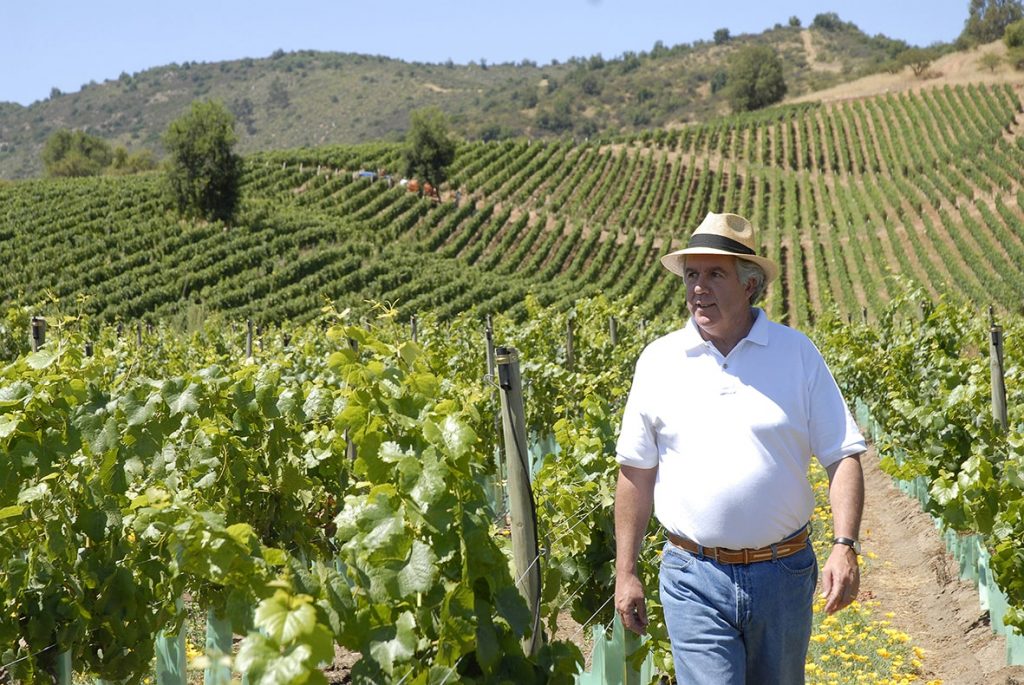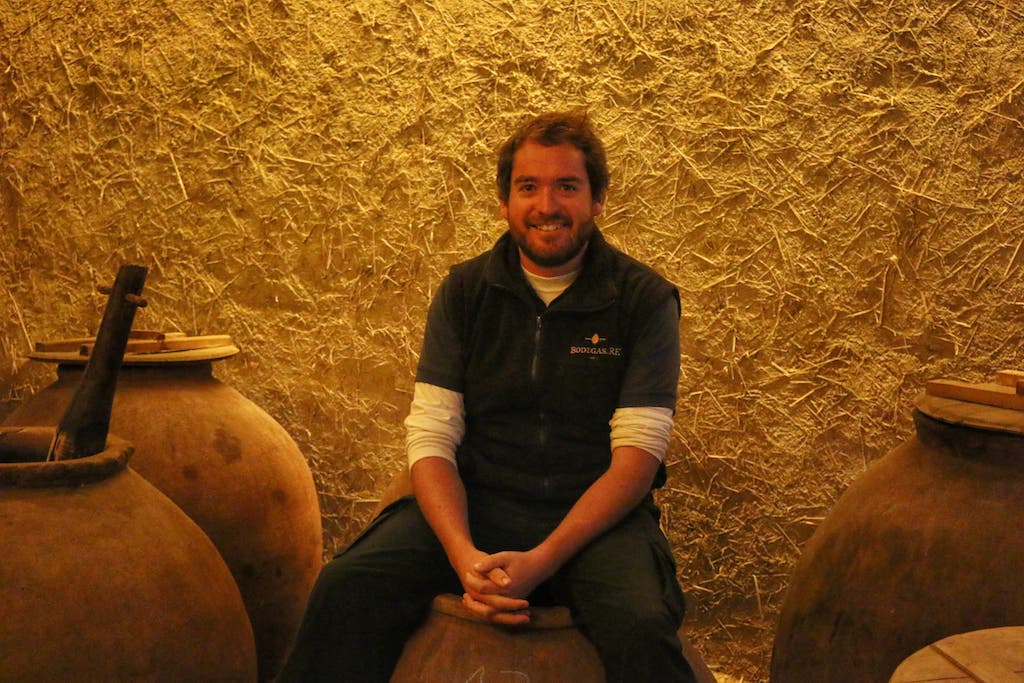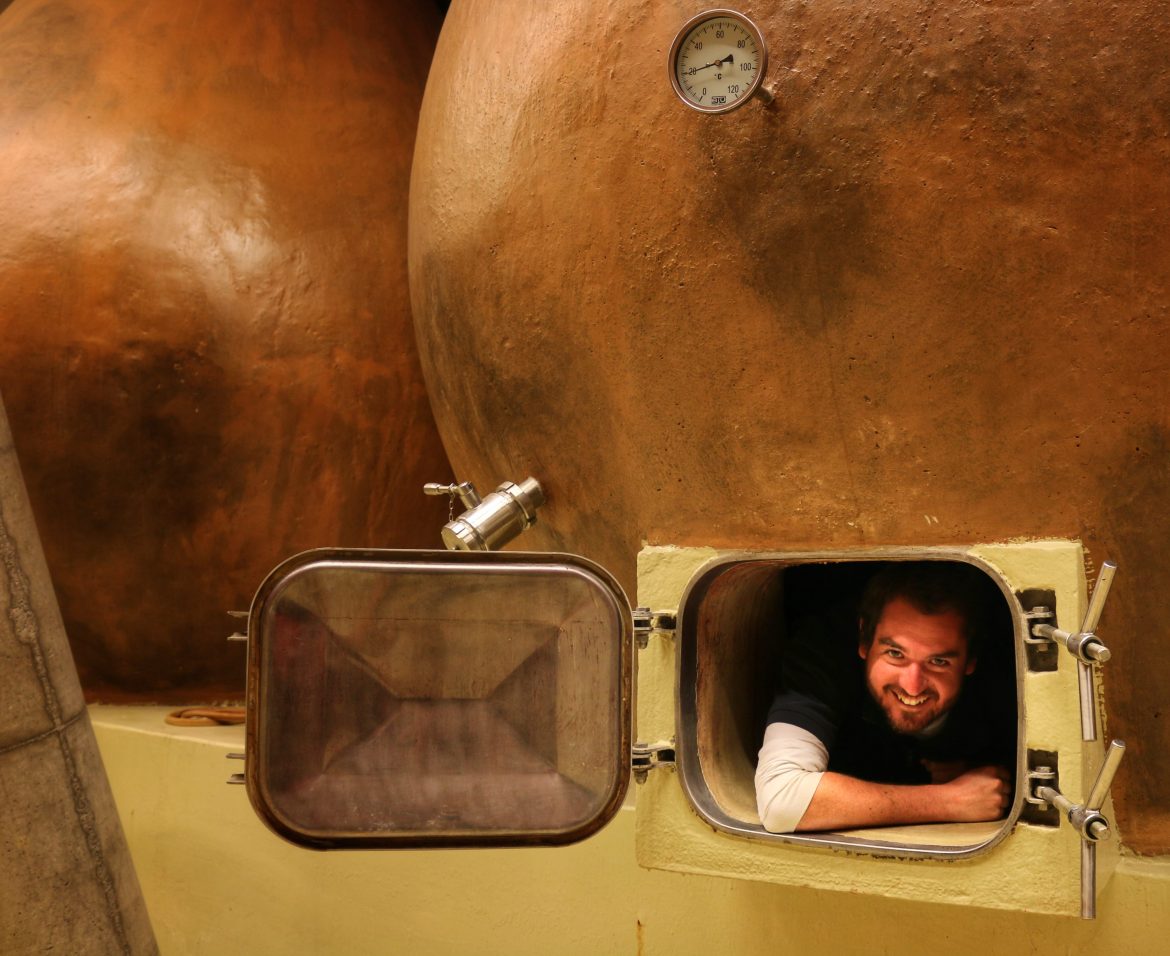Pablo Morande will go down in history as the man who pioneered Casablanca and moved the Chilean wine industry towards the coast. His son, Pablo Morande Junior, will go down in history as one the most experimental winemakers of his generation, encouraging the Chilean wine industry to have a bit more fun. This father and son are one of the truly dynamic duos of Chilean wine.

Pablo Morande Senior started making wine in Casablanca in the 1980s and pioneered the first coastal vineyard in Chile, which changed the future of Chilean wine. After over 30 years working for other companies, he started his own family winery with his son in the heart of Casablanca.
Bodegas RE was founded in 2012 and has been producing some of Chile’s most interesting wines and blends since. I caught up with Pablo Morande Junior for a taste of some of Bodegas RE’s wines from Casablanca and to discuss the future styles of wines in Casablanca, and Chile as a whole.
Pablo Morande Junior interview at Bodegas RE
Pablo, we’ve got two wines here from Casablanca. What is the first wine?
The first wine is an orange wine and it’s called En Re Do. Enredo means tangle. And the idea was to make a different wine, so I blended two different varieties into one amphorae – Riesling and Gewürztraminer. And to make it like a red wine [with skin contact]. It’s got a great acidity, nice structure, is very aromatic and low alcohol. It’s about 11.5% alcohol. I think it’s a blend that can last for a very long time.
It’s delicious and this is a real difference and departure from what the normal white varieties are used for in Casablanca. I mean, the classic is Sauvignon Blanc – very fresh, very young, and made in stainless steel tanks. What do you think is the potential, not only for Casablanca, but also for Chile to be making wines of different styles like this?
We have a huge potential! And I think that’s the great thing about Chile. That’s why we have a lot of French, Italian winemakers and Spanish winemakers coming here to make wine. We don’t have any regulations to say, ‘Stop, you can’t make these funky wines’. Why not?
There are no rules to break!
That’s it! When I talk to everyone in the business [in Chile] I say we should make new wines. That’s the spirit of creating, or recreating. Using the RE!
So, in recreating, here we have a co-fermentation of Pinot Noir and Pinot Gris…
It’s also made in amphorae, blending a white variety with a red variety. It’s a cousin from another country because it’s Pinot Grigio with Pinot Noir. Both, of course, with skin contact. The maceration with the skins is not that long. It’s a fresh wine, less complex but still very drinkable. It’s a wine I love to drink with my friends on a Saturday night party. This is the perfect wine for it.
What do you think is the future direction of Chilean wines? Are we moving towards lower alcohol or fresher styles?
I think we are freshening it up, year after year. It’s not those very fatty, ultra strong Carmenère or Cabernet Sauvignon wines that we had like in the late 90s. Now it’s different. [Chile is about] more fruitiness, freshness and acidity with less alcohol.
But Chile is a very long country… we have differences of climate here that are completely the opposite of Maule or Itata, for example. So I think that we have to get to know our country once again. And then start to point out a direction of where to go.
Chile is such a diverse country in terms of regions and climates, do you think that the wines are beginning to reflect that diversity?
I think we have a while to catch up. Especially with Mediterranean varieties. Grenache, Sangiovese. There are guys that are playing with Italian varieties and it’s very fun. But we still have a lot to do. We still have a lot to see, a lot [of wine] to make, a lot to drink and enjoy. But that’s what’s interesting.

